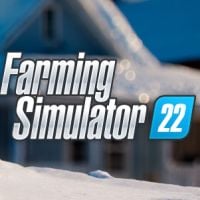Farming Simulator 22: Tractors - features and specifications
On this page of the Farming Simulator 22 guide we describe tractors - the most important differences and features. You will learn what to look for and what are the differences between tractors, besides power.
Last update:
The following page contains the main information about tractors in Farming Simulator 22: what to look for when choosing a tractor, what special features they may have, how the wheel widths of the vehicles differ.
What to look for when buying a tractor?
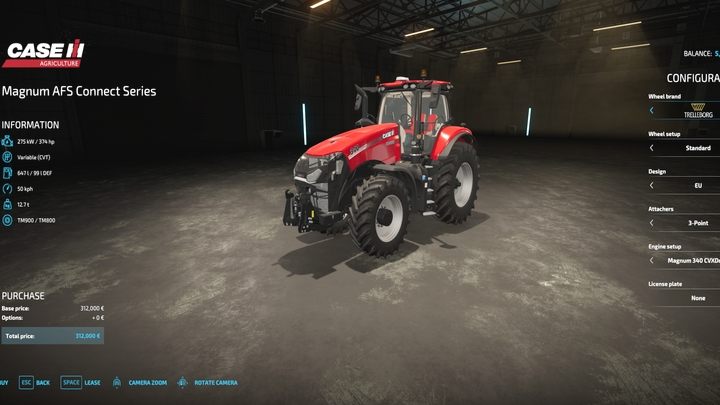
Farming Simulator 22 offers many tractors, but their variety has been somewhat reduced - the tractors don't differ much from each other. They are divided into three categories: light (up to 200 HP), medium (up to 300 HP) and heavy (300 HP). Along with power, tractors often also have special features, such as weight and pre-installed weights or the availability of tracked vehicles. When you are looking for purchasing a tractor, you should consider many different factors:
- Power - expressed in horsepower (HP). It determines whether the machine will work with maximum efficiency. It will also affect the tractor's acceleration. The machines have an indication of how much power they need to work with full performance in diverse terrain, e.g. using a tractor that is 30 HP slower should not drastically affect its performance.
- Class - it isn't defined only by the tractors' power. It is also defined by size and specific functionality. For example, the heavy class often does not have a front hook, the ability to attach a loader and the option to use narrow tires.
- Maximum speed - the speed at which the vehicle can travel. If you need a special machine for intensive plowing, you will not exceed its speed of work either way - then the speed of the vehicle isn't important. However, if you often move between fields or intend to transport trailers around the map, it is better to use a faster vehicle.
- Transmission - most newer tractors use automatic transmission. Manual transmissions can be a bit cumbersome when you feel the tractor slowing down a bit with every gear change. In some models, however, the change even with the manual gearbox is almost imperceptible. Unfortunately, this can only be experienced when driving a given tractor.
- Availability of improvements - the most important modifications are the option of using a front loader, a three-point connection at the front of the vehicle and the possibility of increasing engine power. Not every tractor has these options (especially heavy tractors often have a weight on the front instead of a connection and the inability to use a loader).
- Tyres - most tractors have similar tyre configurations. Types of tires are described below.
- Turning angle - you can't check this stat until you start driving the tractor. Not every tractor has the same turning angle - this determines the ease of maneuvering and turning in the fields. Caterpillar vehicles can almost turn in place.
- Special features - some tractors have unusual features, such as articulated torsion, the ability to work in reverse cab mode or four-wheel steer.
Special small tractors with a description suggesting use in orchards have been designed for work in orchards - it is important here that the tractor is able to fit in the alleys between the plants.
Differences in tires
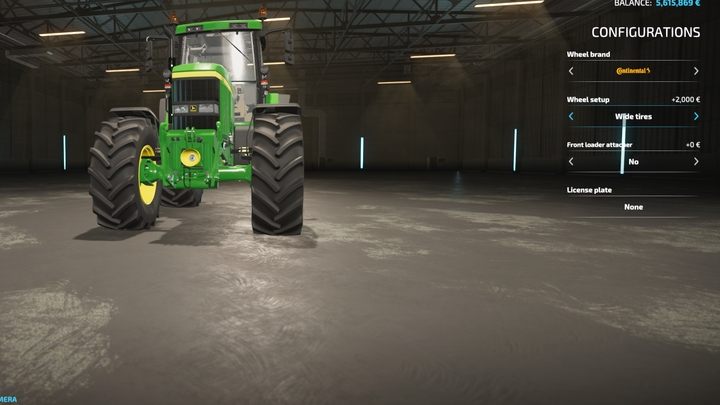
Each tractor has different tires to choose from. The rule is simple: the wider, the more traction they provide. When driving a loaded vehicle, for example, you will not need additional weights to maintain the balance of the vehicle. However, wide tires will make it easier to destroy crops (if this option is enabled), they will also reduce the vehicle's turning angle, which will make it more difficult to maneuver in the field. The tractor itself will also be wider, which will make it difficult to maneuver in tight places.
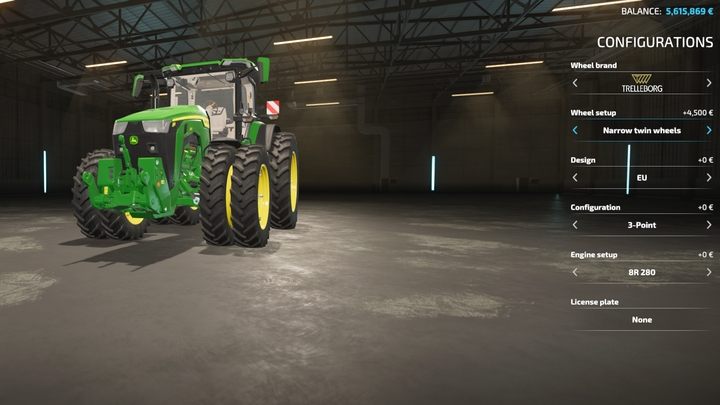
Narrow tires provide very poor traction - on the road, you can almost roll over while driving specific tractors with cargo. However, they save crops when you drive on them (e.g. when performing weeding/fertilisation work, or unloading a harvester) and provide a slightly bigger turning angle. A compromise between narrow and wide tyres is narrow twin wheels.
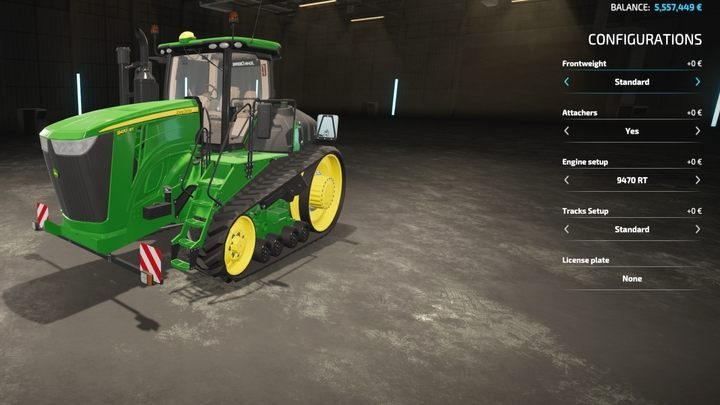
The last form of propulsion is not wheels, but caterpillars. As a rule, these vehicles cannot reach very high speeds and belong to the group of the most expensive, heavy tractors. They provide excellent traction and stability, they can also almost rotate in place. They also have track spacing modifier: when they are further away, the vehicle rotates more slowly - this eliminates excessive control sensitivity.
It is worth checking in the store different brands of wheels - some configurations are available only from selected manufacturers.
You are not permitted to copy any image, text or info from this page. This site is not associated with and/or endorsed by the developers and the publishers. All logos and images are copyrighted by their respective owners.
Copyright © 2000 - 2025 Webedia Polska SA for gamepressure.com, unofficial game guides, walkthroughs, secrets, game tips, maps & strategies for top games.
